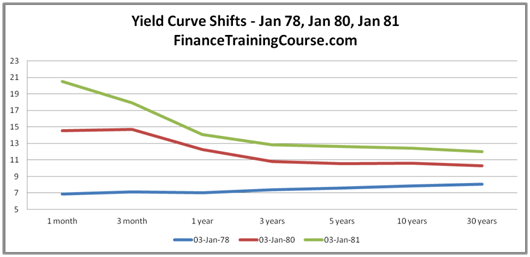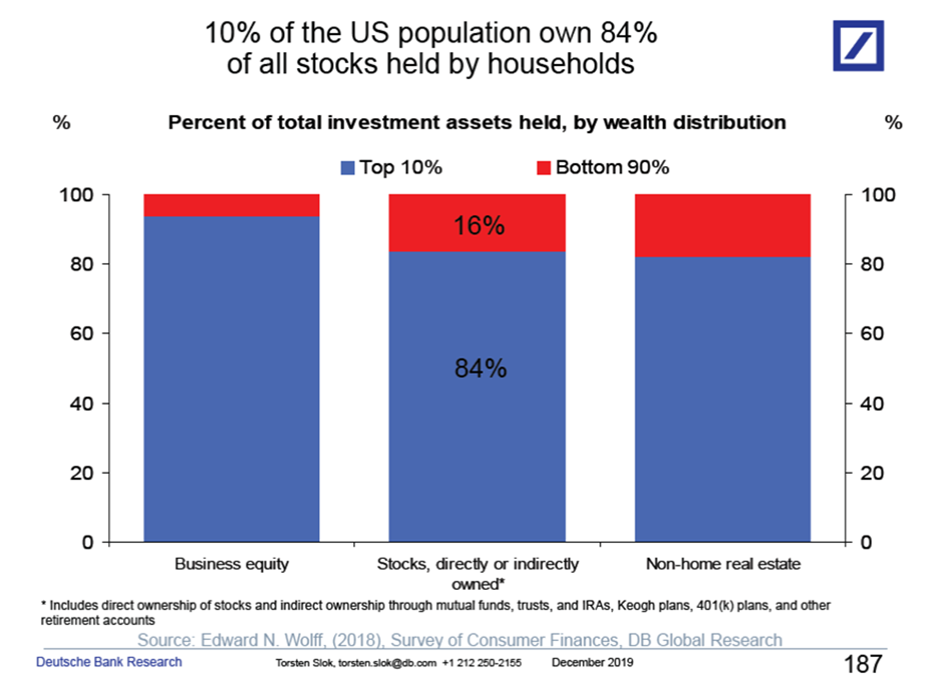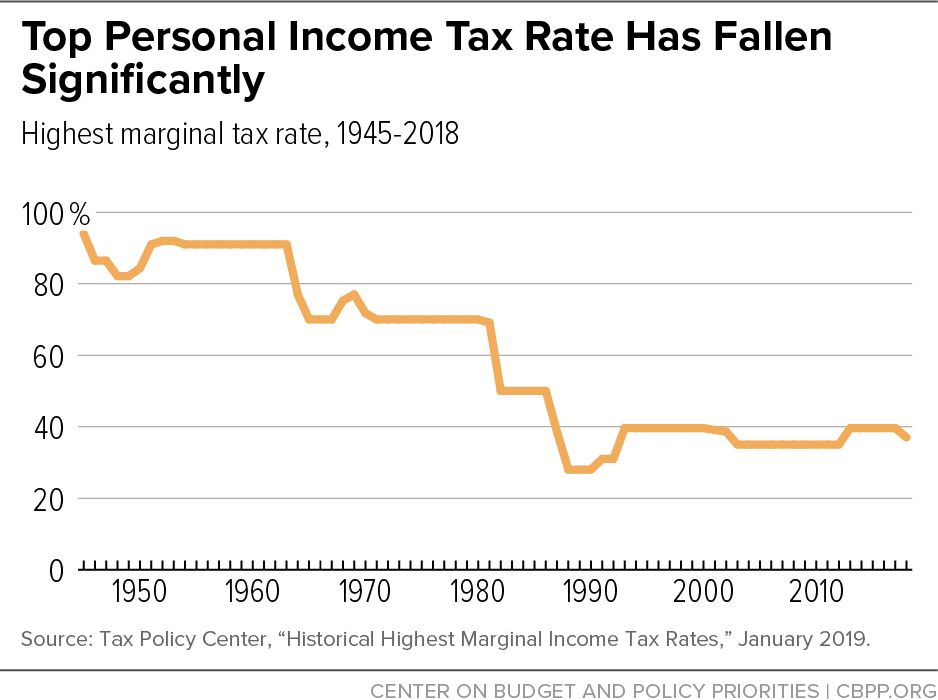It looks like you're new here. If you want to get involved, click one of these buttons!

https://connect.rightprospectus.com/MutualofAmerica/TADF/62824C842/FS?site=NAV#The Investment Company offers shares in the Funds to the Insurance Companies, without sales charge, for allocation to their Separate Accounts. See your variable annuity or variable life insurance prospectus ... Shares of the Funds are also offered through retirement plans. See your Summary Plan Description or consult with your plan sponsor for information on how to purchase shares of the Funds through your retirement plan







Maybe not.Paul Harvey? Boy, you are old! :)

What I said was@stillers said:
GoldmanSachs for one I trust......
This is where you lose me. GS knows how to make money for GS, but that does not imply that they give out their best proprietary information (or important guidance) to the general public. Nor does any brokerage house.
© 2015 Mutual Fund Observer. All rights reserved.
© 2015 Mutual Fund Observer. All rights reserved. Powered by Vanilla